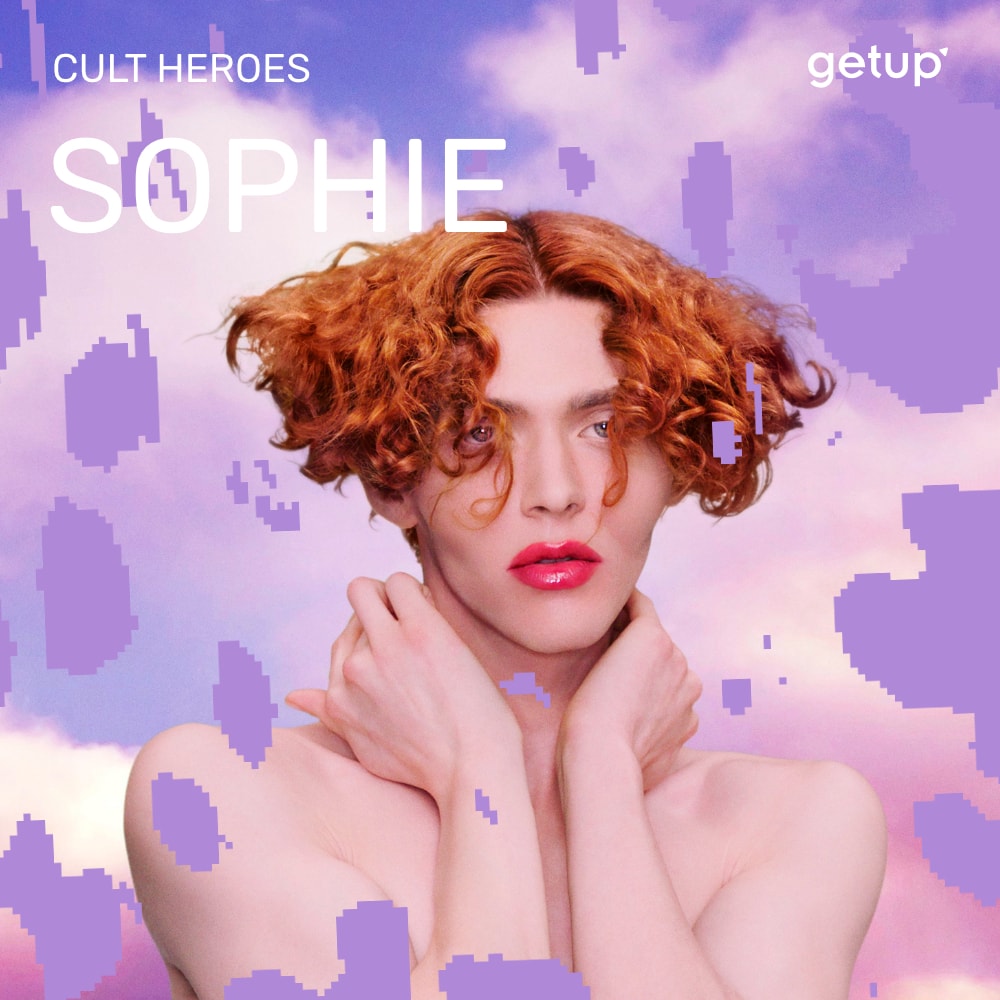How do you survive the punk explosion of 1977 when it proclaimed, as its nihilistic watchword, “No Future”? Amongst the currents that emerged in its wake such as new wave and post-punk, for a few years neo-romanticism offered something delicious and carefree, drawing as much from classicism within literature as from evolutions in British pop, especially with the use of synths and drum machines.
Between 1979 and 1981, ex-punks Steve Strange and Rusty Egan ran Blitz, a London club where wild decadent cabaret parties took place. The two formed the band Visage with Midge Ure, a singer who had been a member of punk band Rich Kids, and who would later join Ultravox, as well as three members of the excellent band Magazine. Visage became the figurehead of a movement that brought fashion back into the spotlight at a time when grey and black dominated. Some of the regulars at Blitz would go on to form their own groups, such as Boy George and Culture Club. In terms of looks, the tribe was distinguished by extravagant outfits that mixed fin de siècle costume balls and science fiction with outrageous make-up. This glamorous family invented the party for tormented souls, reviving the glam-rock craze of which two figures – David Bowie and Roxy Music – were again on the rise. The image of a clown in Bowie's make-up and the charming outfits sported by dandy Bryan Ferry spoke to the hearts of their cultural offspring.
Beyond London, from where Spandau Ballet and Classix Nouveaux emerged, the neo-romantic tide was sweeping over the country, part of a wider synthetic wave such as the sounds found in Liverpool's A Flock of Seagulls. New romanticism was able to encompass a fragility that had become impossible in the era of punk and post-punk. Just listen to singer Kate Bush, an unclassifiable icon, and the only artist to be inspired by Emily Brontë’s “Wuthering Heights” as early as 1978. Many of the most universal groups like Talk Talk, Japan, OMD, China Crisis, Lotus Eaters, Tears for Fears, The Associates, Scritti Politti, and Depeche Mode, clearly tug at your heart strings. Although the movement often remains classified as a sub-genre (read mawkish and ridiculous) and is mocked for its haircuts, it is nothing to be ashamed of. The movement benefited Midge Ure, whose group Ultravox took on a sleeker tone when he got involved. And as for Duran Duran, the Birmingham-based group used the new-romantic wave as a launching pad to charm the crowds and establish themselves amongst the heavyweights of pop.
.jpg)



.jpg)
